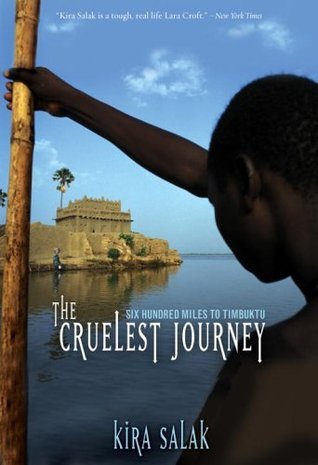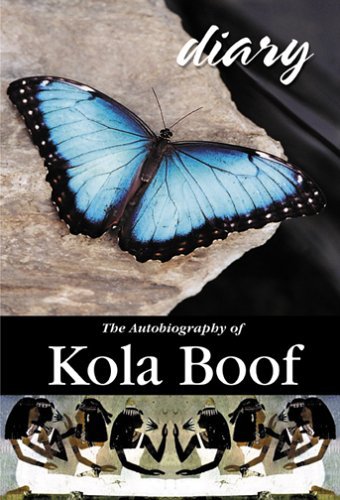
The Cruelest Journey: Six Hundred Miles to Timbuktu
Book Description
Six hundred miles of unforgiving terrain lay between Kira Salak and the fabled city of Timbuktu, each step a battle against nature and self-doubt. As she embarks on a daring solo trek across the harsh African wilderness, the allure of adventure collides with the stark realities of survival. Torn between the majestic beauty of her surroundings and the biting isolation of her journey, Kira confronts fierce storms, treacherous landscapes, and the ghosts of her past. With every mile, the stakes rise. Will the quest for enlightenment lead to liberation, or will it unravel her in the process? What truths await in the heart of Timbuktu?
Quick Book Summary
In "The Cruelest Journey," Kira Salak recounts her bold, 600-mile solo trek by kayak along the Niger River to Timbuktu, retracing the steps of the legendary Scottish explorer Mungo Park. Driven by a thirst for adventure and a desire to overcome personal demons, Salak faces the harsh realities of Africa’s merciless terrains, from violent storms to scorching heat. Along the way, she encounters a variety of local people, each providing insight into the complexities, beauty, and difficulties of West African life. Salak’s journey becomes not only a test of physical endurance and survival but also a deep exploration of identity, isolation, and personal transformation. Through adversity and wonder, she ultimately discovers strength and revelation amid the stark landscapes and ancient cities of Mali.
Summary of Key Ideas
Table of Contents
The Challenge of Extreme Environments
Kira Salak’s journey begins with a quest that fuses adventure and homage. Inspired by the 19th-century British explorer Mungo Park, she sets out alone with a folding kayak to traverse six hundred miles along the Niger River to the mythic city of Timbuktu. The physical demands are immediate and daunting, as she must contend with relentless heat, unpredictable rapids, and the constant threat of disease. Salak’s determination to succeed is matched only by the demands of the wild and the uncertainty of the region’s political situation. Each day becomes a test of both her physical and psychological limits.
Search for Identity and Meaning
Salak’s solo journey is underscored by deep introspection and the struggle for personal redemption. Haunted by the scars of her past and the challenges of forging her own identity outside the expectations of society, she uses the journey as a crucible for change. The solitude of the river magnifies her internal battles, but also brings new clarity and self-awareness. The relentless landscape strips away superficial concerns, forcing her to confront core questions of purpose, resilience, and the meaning of freedom.
Encounters with Culture and History
Throughout her odyssey, Salak immerses herself in Mali’s diverse cultural mosaic. She interacts with fishermen, nomads, and villagers, each encounter revealing layers of complexity and compassion in West African life. The kindness of strangers and the shared humanity she discovers offer moments of relief from the loneliness of the journey. Salak also grapples with the legacies of colonial exploration, questioning the motivations behind such quests and the impact they have on local populations.
Confronting Isolation and Fear
Isolation is a constant companion on Salak’s path, presenting both terror and opportunity. The landscape’s remoteness intensifies feelings of vulnerability, with threats from wildlife, political unrest, and the sheer unpredictability of nature. Yet these trials sharpen her will, teach her to embrace uncertainty, and foster moments of profound spiritual insight. She learns to draw strength from the smallest victories and to never underestimate the transformative power of perseverance in the face of overwhelming solitude.
Personal Growth through Adversity
By the journey’s end, the trials and revelations of Salak’s trek fulfill a quest far beyond the physical arrival in Timbuktu. The “cruelty” of the adventure lies not only in the external hardships but in the necessity to confront and accept the self. The journey is ultimately redemptive, providing liberation through acceptance and understanding gained under Africa’s vast and indifferent sky. Through her vivid narrative, Salak shows that the hardest journeys often lead to the deepest forms of personal enlightenment.
Download This Summary
Get a free PDF of this summary instantly — no email required.





